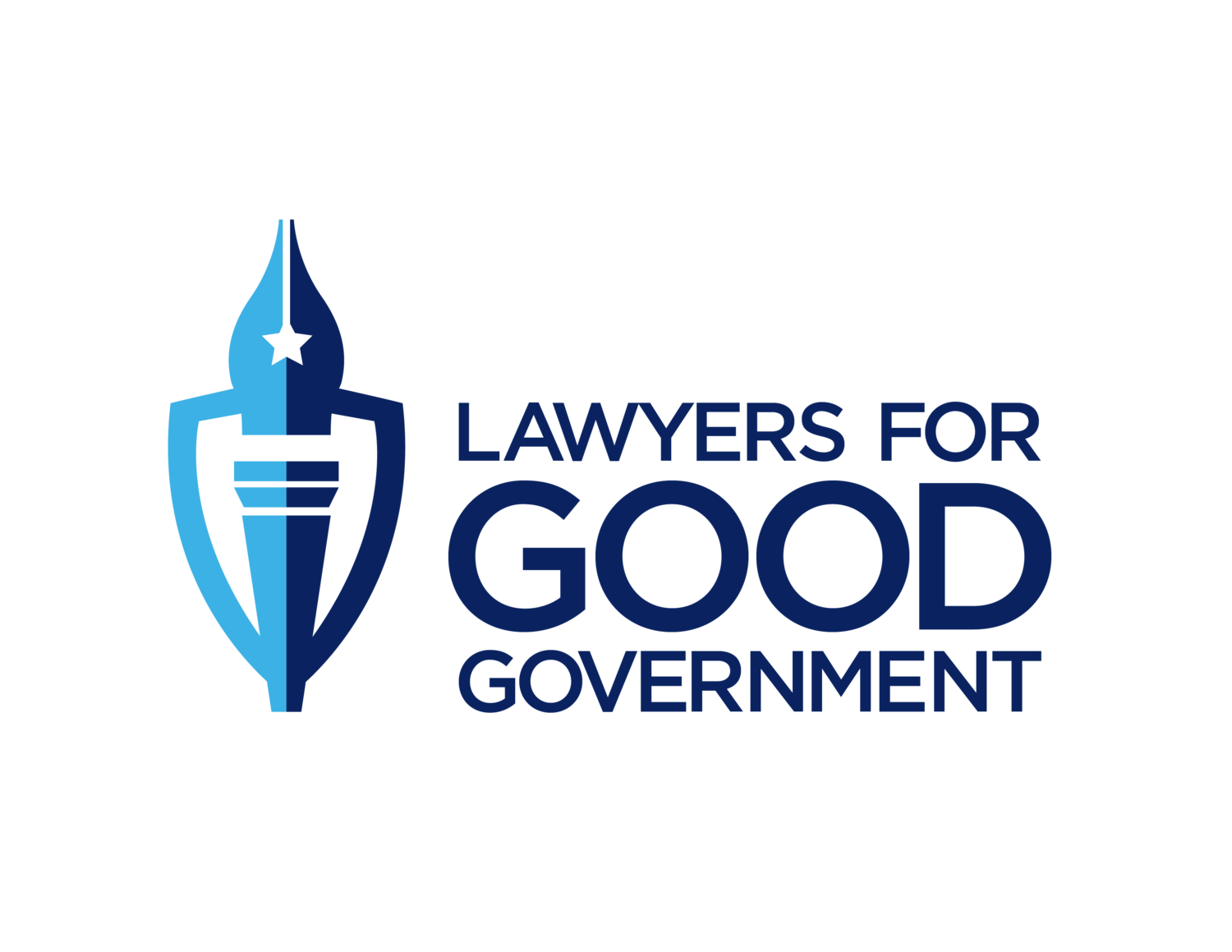L4GG is proud to release our new report from our Lawyers for Racial Justice initiative. Our report, “Child Farmworkers: Too Young, Vulnerable, & Unprotected,” highlights the lack of regulatory protections for child farmworkers and its racially discriminatory impact on children of color.
Many Americans have no idea where their food comes from or who grows it, including that hundreds of thousands of middle school-age children are working in fields. While the horrors of work conditions in the Industrial Revolution helped give rise to a children’s rights movement and restrictions on child labor, Congress carved out one industry for exemption: agricultural work. At the time of federal protections, this meant that Black children in the Jim Crow era continued to work the fields, while white children were given educational opportunities. Today, roughly 90% of child farmworkers are children of color and only 10% of them graduate high school.
As a result, children as young as 12 years old in the United States may be legally employed unlimited hours, in the hot sun, exposed to heat, chemicals, and hazardous machinery, risking serious injury, illness, or death. The vast majority of these children are children of color.
“Hundreds of thousands of children of color under the age of 16 are working in agriculture, resulting in thousands of injuries and over a hundred deaths each year. We believe that child farmworkers should be treated the same as children in other industries and call on Congress to enact legislation that would raise the minimum age, limit working hours, and increase penalties for employers who violate the law. In the absence of federal action, our research shows that states can and should step up and protect the children in their states to get them out of the fields and into the classroom.”
The new report details both the history and information of child farmworkers in the US and calls for additional safety regulations at both the state and federal levels. The report also introduces a model state policy, based on the federal CARE Act supported by 185 organizations, that can be adapted to increase labor protections for child farmworkers in any state.
The report’s findings include:
The federal minimum age to work full-time in the agricultural industry is only 12 years old, the age of a sixth-grader, while in most other industries, the federal minimum age to work full-time is 16, the age of a tenth grader.
Approximately 330,000 children under the age of 16, including over 80,000 children under the age of 10, are child farmworkers in the United States.
Approximately 33 children are injured on farms every day, and a child dies in a farm accident once every three days in the United States. Although only 6% of child workers in the United States are employed on farms, more than half of child work-related deaths are in agriculture.
Our new survey of the laws of the 50 states, D.C., and Puerto Rico show:
22 states have no minimum age to work in agriculture.
25 states and D.C. set no limit on the number of hours in a day a child farmworker under 16 can work in the fields.
35 states and D.C. allow children under 16 to work 7 days a week in the fields.
All 50 states give employers fines for violating child labor laws, but 15 states make that fine $500 or less for the first offense. Indiana has the lightest penalty for an initial violation of state child labor laws: a warning letter.
The report was co-authored by Reid Maki of the National Consumers League and the Advocacy Director of the Child Labor Coalition. Additionally, pro bono research and analysis was provided by BNY Mellon, Brown Rudnick LLP, Digital Asset, GE, Hunton Andrews Kurth, Linklaters LLP, Major League Baseball, Nelson Mullins LLP, and Willkie Farr & Gallagher LLP, among other L4GG Pro Bono Partners.
The new report is titled “Child Farmworkers: Too Young, Vulnerable, & Unprotected” and can be downloaded here.



